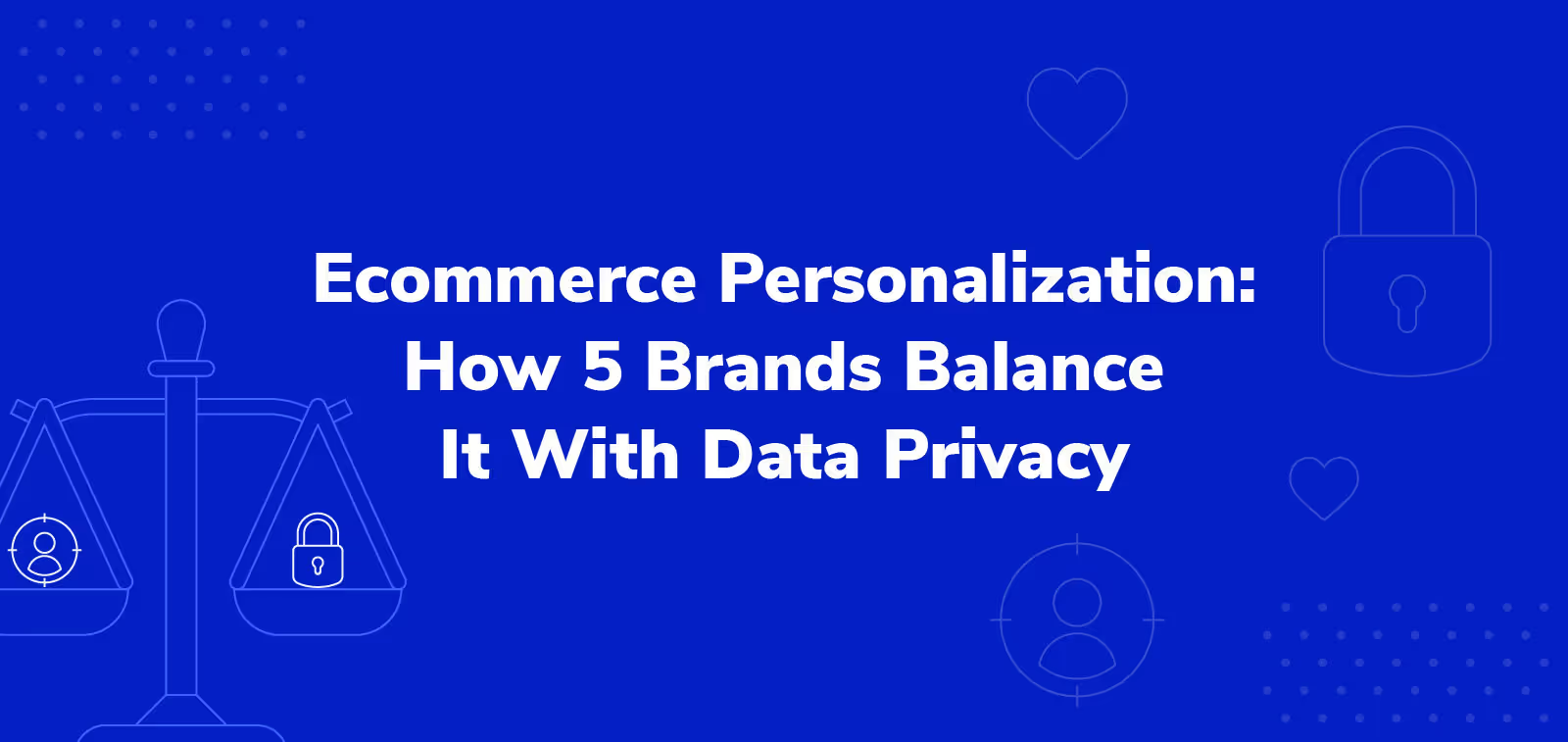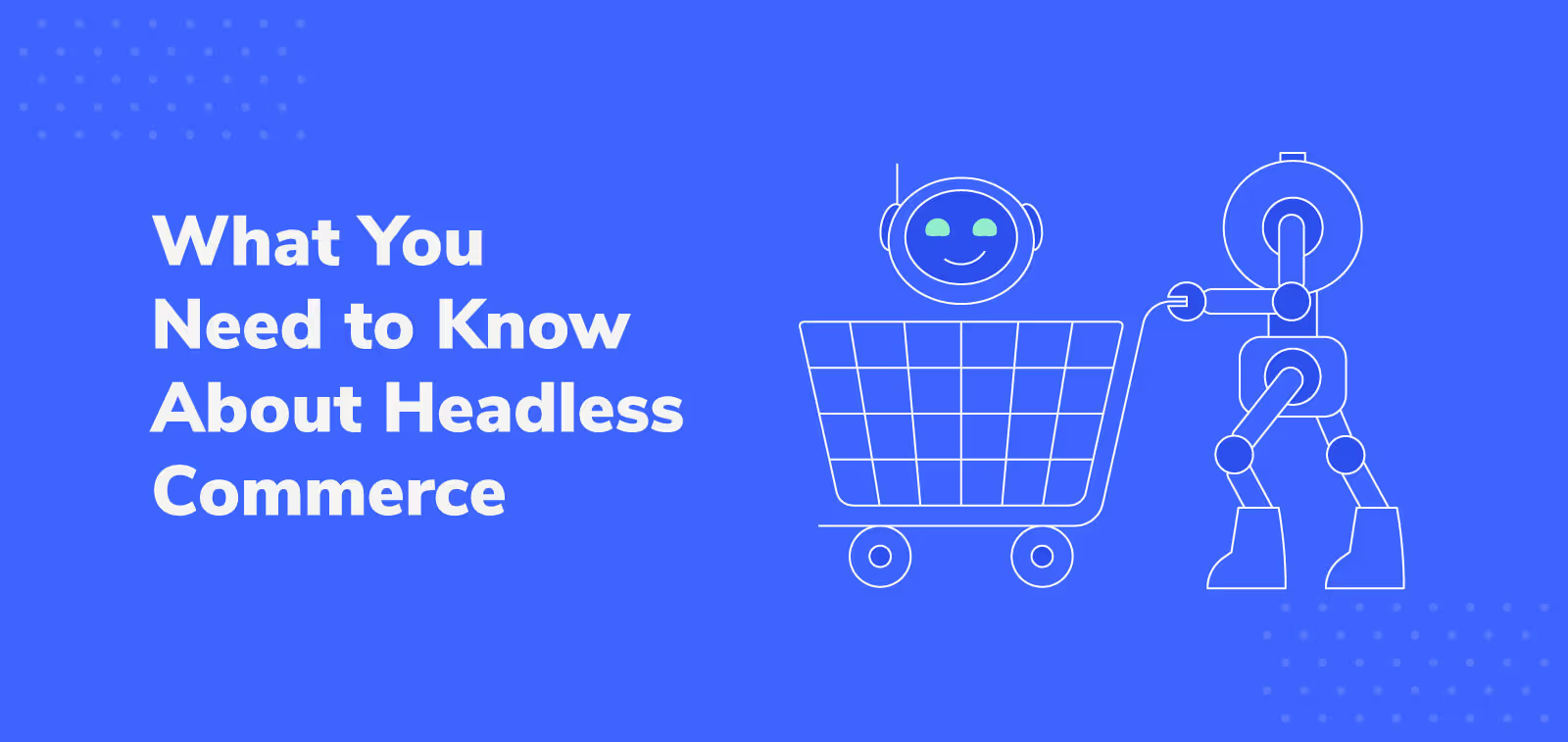How to Create a Cross-Selling Strategy That Boosts Revenue

There's nothing quite like the thrill of chasing and landing new customers. For a business, however, the constant pursuit of new customers can feel like running on a never-ending treadmill. New customer acquisition takes time and resources. And here's the catch: it costs an estimated five to six times more to acquire new customers than to keep existing ones.
While new customer acquisition is undeniably important for growth, it's often your existing customer base that holds the key to sustained success and increased revenue. Historically, existing customers frequently spend more than new customers. They already know and trust your brand, making them more likely to engage and purchase from you again.
This is where the art of cross-selling comes into play. This strategy taps into the potential of your existing customers to boost your ecommerce revenue. At its core, cross-selling is about nurturing and growing relationships with those who have already chosen your brand. In this blog post, we’ll show you some strategies and examples of cross-selling to help you harness its potential and drive your ecommerce business growth.
What is cross-selling?
Cross-selling is a sales technique that encourages current customers to purchase additional products or add-ons that complement their main purchase.
Cross-selling aims to enhance the customer experience by offering value-added services and products that align seamlessly with the customer's primary purchase. This method differs from upselling, where the goal is to persuade customers to buy a more expensive version of the item they’re considering.
Use product recommendations to personalize the customer experience
Modern ecommerce requires understanding and catering to the unique needs and preferences of shoppers. Gone are the days when generic ads and broad campaigns were enough. Now, personalization is the gold standard for enhancing the online shopping experience, even as a customer changes over time. In fact, 65% of customers expect brands to adjust and adapt to their evolving needs and preferences. Implementing product recommendations at strategic points in the customer journey maximizes cross-selling opportunities and crafts tailored experiences.
Amazon, for example, has mastered the art of customer personalization. Amazon's algorithm evaluates a shopper’s past purchases, likes, and ratings to introduce you to new items while browsing. With this predictive power, Amazon suggests additional products that are likely to appeal to the shopper, making them more inclined to hit “Add to Cart.”
Consider how you can use data to create personalized experiences for your customers:
- Use historical data to show "Frequently Bought Together" products on your product pages. This helps customers identify and purchase complementary items related to the product they’re viewing. For example, the large mail-order auto parts company JEGS includes an "items you need" section on select purchases that features tools and accessories to make installation easier.
- Show related products, add-ons, or accessories that go well with the main product on the checkout page. For instance, if a customer has a laptop in their cart, recommend adding a mouse or shipping protection to ensure their purchase is safeguarded during transit.
Numbers don't lie. Product recommendations have been attributed to 31% of ecommerce site revenue. Plus, 54% of retailers vouch for product suggestions being the catalyst for increased average order values (AOV). At the risk of stating the obvious: product recommendations are a strategy you don't want to overlook.

Promote your complementary products with marketing
You can't just slap complementary products together on your website and expect your revenue to immediately skyrocket. First, you need to develop an effective marketing strategy. It's about crafting a story, educating customers about your product's value, and using various channels to get more views. Properly marketing these products will lead to increased sales and heightened customer satisfaction:
- Harness the power of social media: Use engaging visuals and witty captions to showcase how different items enhance each other. For instance, if you're selling outdoor gear, a TikTok or Instagram post could showcase a tent, sleeping bag, and portable grill as the perfect camping trio.
- Retarget with precision: Use online ad retargeting to give customers a gentle nudge. Remind them of the products they showed an interest in, and pair the main product with a complementary one in the ad.
- Make educational content: Create blog posts, videos, or infographics that teach your audience about the value of using your products or services together. For instance, you can explain how adding a shipping protection plan provides peace of mind by covering potential shipping issues.
By weaving a cohesive narrative across various channels, you promote the value of buying complementary products. The goal is not just to sell more but to provide genuine value and enhance the overall customer experience.
Incentivize complementary products with discounts
Who doesn't love a bargain? Sometimes, a little nudge in the form of a discount goes a long way toward encouraging customers to explore and purchase additional items. Discount incentives can be incorporated into your sales strategy to provide value and enhance your customer base. Here's how to do it effectively:
- Bundle discounts: Create bundles of your main product and its complementary counterparts at a discounted price. For instance, a smartphone seller might offer a bundle with the phone, a protective case, and a value-added service like product protection at a reduced total cost compared to buying them individually. This way, the customer gets everything they need at a lower price, and you get a higher revenue sale compared to selling the phone by itself.
- Threshold discounts: Set a minimum order value for your main product, and if customers meet or exceed that threshold, offer a discount on complementary items. This encourages customers to add more to their cart to unlock savings. You often see this type of discount paired with offers of free shipping.
- Tiered discounts: Offer tiered discounts based on the number of complementary items purchased. For example, if a customer buys one accessory, they get a 10% discount; if they buy two, they get 15% off, and so on.
- Exclusive discounts for repeat customers: Reward loyal customers with exclusive discounts on complementary products as a token of appreciation for their continued support.
Discounts can be a powerful motivator, and when strategically applied to cross-selling, they lead to increased sales volumes and customer satisfaction.
Use post-purchase offers to drive more sales
Cross-selling doesn't end at the point of purchase. It can (ideally) continue after a customer has made a transaction. Post-purchase offers are an underutilized gem in the world of cross-selling. Why? Once a customer has made a purchase, they've already shown a level of trust and commitment to your brand. It's the perfect time to present them with complementary products that enhance their initial purchase.
Here's how to make post-purchase offers work for you:
- Replenishment reminders: For products with a limited lifespan, such as skin care items, send reminders to repurchase when it's likely they'll run out. Include a discount or an offer for bulk buying to incentivize repeat purchases.
- Feedback loop: Leverage post-purchase emails to collect feedback about their shopping experience and the products they've bought. Use this valuable input to make personalized recommendations for additional items they might love.
- Thank-you page suggestions: After a customer completes a purchase, direct them to a thank-you page that showcases complementary products. For instance, if they purchased a camera, recommend camera bags, tripods, or a camera protection plan.
- Follow-up emails: Send a friendly follow-up email a few days after their purchase. Express your gratitude for their business, and introduce related items they might be interested in. Make it easy for them to add these items to their cart with a simple click.
Learn more about post-purchase behavior: what it is and how to influence it.
Optimize your cross-selling with reporting and testing
Cross-selling is not a set-it-and-forget-it strategy. Your cross-selling strategy requires continual optimization to help you fine-tune for maximum impact. This involves reporting, testing, and analyzing customer data and metrics.
- Analyze customer data: Start by diving into your customer data. Understand their behavior, preferences, and purchase history. Identify patterns in the complementary products that are frequently purchased together. This insight will be helpful when crafting your cross-selling recommendations.
- A/B testing: Conduct A/B tests to compare different cross-selling approaches. Test various product combinations, discount levels, and messaging to see what resonates best with your audience. The results of these tests should guide your strategy refinement.
- Monitor conversion rates: Keep a close eye on your conversion rates. Use conversion rate optimization (CRO) tools to track how many customers who viewed cross-selling offers actually made additional purchases. If you notice low conversion rates, it might be time to tweak your approach.
- Customer feedback: Listen to your customers. Customer insights can reveal blind spots and opportunities for improvement. Gather feedback on your cross-selling efforts and product recommendations. This can come through surveys, reviews, or direct communication.
Imagine an electronics ecommerce store analyzing the performance of different cross-sell offers. This process could involve A/B testing various popups that offer protection plans, with a keen eye on conversion rates. Additionally, customer feedback might highlight specific aspects of the protection plan that resonate with shoppers, allowing for targeted improvements and even more effective cross-selling.
Build relationships and provide value with Extend
Ultimately, the success of your ecommerce business isn't just about making sales. It's about creating memorable experiences for your customers and becoming a trusted partner in their shopping journey. Cross-selling is a valuable tool to achieve that and show your customers that you understand their needs and are there to fulfill them.
Extend can be your ally in this mission. Our product coverage solutions empower you to deliver more to your customers than just products. You can also offer them peace of mind and a safety net for their purchases. This added layer of protection is a competitive advantage that not only builds trust but also enhances your customer’s overall shopping experience.
Learn how Extend can be your partner in enhancing your profit margins and increasing customer lifetime value. Request a demo today.
Aaron Sullivan is senior content marketing manager at Extend. He specializes in writing about e-commerce, finance, entertainment, and beer.
.svg)












































.avif)











